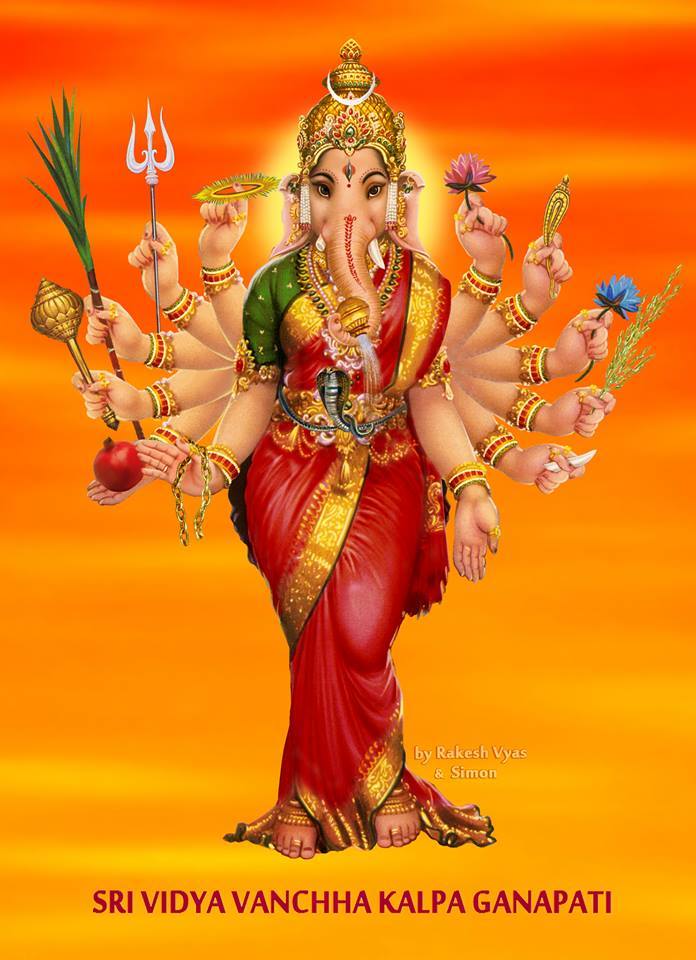Nagula Chavithi
Nag Devata Puja, also known as Naga Puja or Ophiolatry, is an ancient and spiritually symbolic ritual deeply rooted in Indian religious traditions such as Hinduism, Jainism, and Buddhism. The puja expresses reverence toward serpents, who are viewed not as ordinary creatures but as divine beings associated with fertility, rain, and protection.
Meaning and Symbolism
The word “Nag” means serpent or cobra, and “Devata” refers to deity. Together, Nag Devata represents the serpent gods, guardians of the underworld (Nagaloka), protectors of water, and keepers of hidden treasures. Serpents are also seen as symbols of Kundalini Shakti—the coiled spiritual energy believed to reside at the base of the human spine, which rises during spiritual awakening.
Mythologically, Nag Devata worship is linked to deities such as Lord Shiva, who wears the serpent Vasuki around his neck, and Lord Vishnu, who rests on the cosmic serpent Sheshnag. The practice underscores the balance between life and death, fear and wisdom, and nature and divinity.
Historical and Scriptural Context
In the Mahabharata, the Nagas are portrayed as an ancient semi-divine race. The story of Astika, who saved the serpents from King Janamejaya’s serpent sacrifice (Sarpa Satra), is one of the foundational legends behind Nag Panchami, the main festival dedicated to serpent worship. Killing a cobra is considered a grave sin, as serpents are viewed as protectors of the Earth and nature’s balance.
Rituals and Practices
Nag Devata Puja involves offering milk, turmeric, saffron, and flowers to images or live snakes, invoking blessings for protection from snakebites, good health, fertility, and prosperity. In homes and temples, devotees draw serpent symbols on walls or floors using haldi (turmeric) and sindoor (vermillion). Mantras such as “Nag Devta ki Jai” and “Om Namah Shivaya” are chanted to honor the serpents’ spiritual power.
In South India, especially Kerala and Karnataka, elaborate rituals like Sarpabali and festivals such as Mannarasala Ayilyam are celebrated in serpent shrines, where the deities Nagaraja and Ashtanagas are venerated for family welfare and rain blessings.
Spiritual Significance
Beyond the ritual aspects, Nag Devata Puja symbolizes environmental respect and divine interconnectedness. In the Bhagavad Gita, Krishna identifies himself as Ananta (Sheshnag), signifying infinity and unity among all beings. Worshipping snakes reflects this philosophy—acknowledging that every form of life is a manifestation of the divine.
In essence, Nag Devata Puja is a fusion of spiritual reverence, ecological awareness, and cultural continuity, advocating harmony between humans and nature through the sacred symbolism of the serpent.




Comments
Post a Comment